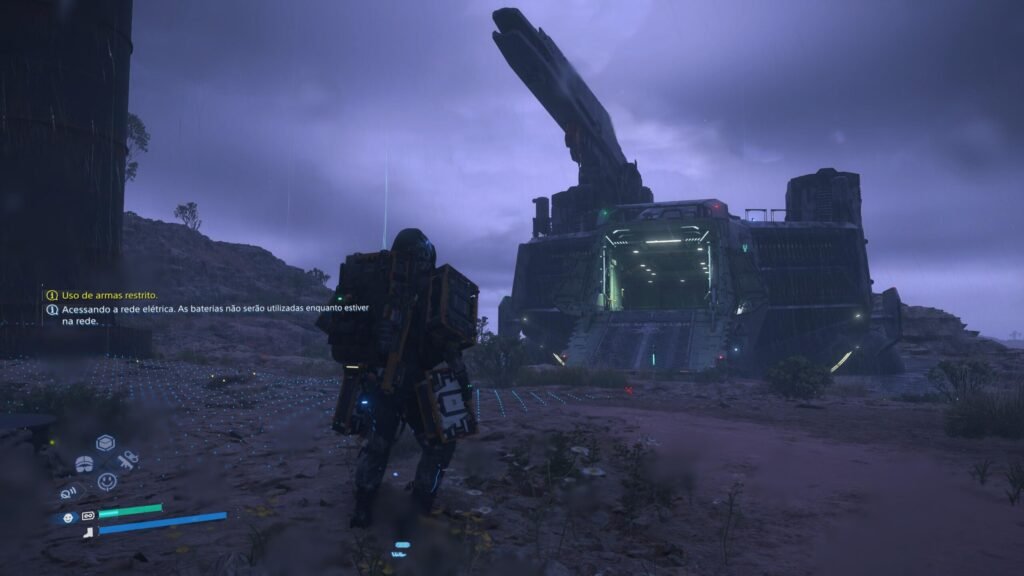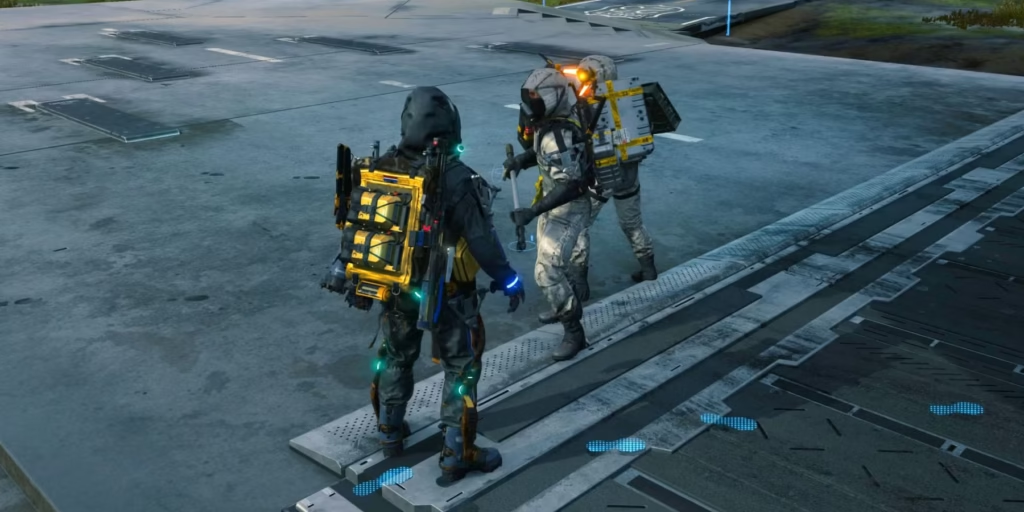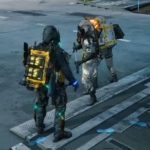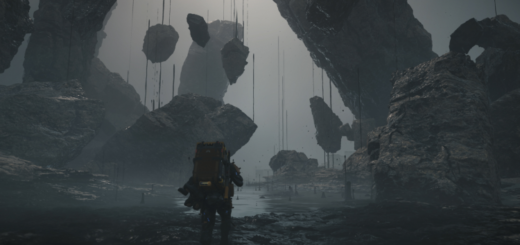See how to use fast travel in Death Stranding 2.
In Death Stranding 2: On the Beach, walking remains the most important part of the game. Traversing inhospitable environments, overcoming difficult terrain, and dealing with natural or human threats are still part of Sam Porter Bridges' routine. However, repeating the same route dozens of times can be tiring, especially on a second playthrough or when you want to complete optional tasks. Thus, the so-called fast travel in Death Stranding 2 .

The game features two distinct forms of instant travel between previously visited locations. However, these options are not available from the start and have limitations that need to be understood. This is because the fast travel system in Death Stranding 2 does not work as a solution for all situations.
It has specific rules, depends on certain builds or unlocks in the story, and imposes consequences. Even so, knowing how to use it effectively can save a lot of time and effort in strategic situations.
How do I unlock fast travel in Death Stranding 2?
The first concrete appearance of fast travel in Death Stranding 2 occurs after Order #12 , a main story mission that takes Sam to a tar-contaminated region of Australia. This section of the game usually takes about 10 hours to complete, varying depending on the pace of progression and exploration.
Upon completing this mission and watching the narrative scenes, you gain access to the DHV Magalhães spacecraft, a mobile technological base that functions as an operations center and also as a means of transportation between regions. With it, you can perform instantaneous movements , provided that the points of origin and destination are connected to the chiral network.
It's important to note that fast travel in Death Stranding 2 using the DHV Magellan can only be used between specific locations. Before that, you need to have completed the main mission requirements and enabled connections in the desired regions.
How do I use the DHV Magalhães for quick trips?

The DHV Magellan is undoubtedly the most direct way to take advantage of fast travel in Death Stranding 2. To use it, simply enter the ship, open the map via the Options button, and hold down the X button to open the available destinations. Choose your desired point and confirm the jump.
This ship has the advantage of allowing the transport of cargo and vehicles along with Sam, meaning you don't lose equipment in the process and can still strategically reposition your structure to another point on the map. Therefore, it makes things much easier, especially when there are pending deliveries in places already visited.
However, this method of transportation comes at a cost: when using the spaceship, deliveries made do not receive the maximum score and the number of likes is lower. Therefore, it is a practical alternative, but with a direct impact on your score and reputation within the game.
How do I use the transponder?
Besides the spaceship, there is another form of fast travel in Death Stranding 2: the Transponder. This is a construct made with level 2 CQP, which creates a jump portal on the beach. With it, Sam can teleport from one point to another on the chiral network, provided that both locations contain structures of the same type.
To activate this mode, you need to be in an area connected to the network, open the building menu, select the Transponder, and position it at a strategic point. After that, simply step onto the platform and choose your destination.
Unlike the DHV Magalhães, the Transponder does not transport cargo or vehicles. All equipment that Sam has with him at the time of the jump will be left behind and stored at the point of origin. You can retrieve these items later, but they will not accompany you on the trip.
This form of fast travel in Death Stranding 2 is quite similar to the system in the first game. It's more limited, but still very useful for cutting corners, avoiding unnecessary confrontations, or repositioning yourself more quickly.
Important tips
Despite its practicality, fast travel in Death Stranding 2 isn't always available. Certain sections of the main story temporarily disable the ship or portals, forcing the player to tackle the journey in the traditional way. This happens, in part, because the game values physical movement as an essential part of its design.
Furthermore, both forms of travel only work in locations that are already integrated into the chiral network. Therefore, if you are in a new area or one outside of coverage, you will need to connect to the location before thinking about moving quickly.
Furthermore, another important point is that, despite being useful, fast travel can hinder your progress in terms of deliveries and reputation. Deliveries made via fast travel in Death Stranding 2 tend to yield fewer points, so use it sparingly, especially when the goal is to maximize your performance.
When should you use fast travel in Death Stranding 2?

The best time to use fast travel in Death Stranding 2 is when you need to return to previously visited locations, retrieve forgotten cargo, inspect structures, or complete side quests. In these cases, the time saved compensates for the lower score.
It's also a good choice when you want to reposition yourself at another point on the map to unlock something specific or resume a pending mission. The DHV Magellan ship, in particular, allows for much more complete repositioning by carrying everything along with Sam.
On the other hand, if the idea is to make the most of the game's premise, with reflections on effort, overcoming challenges, and connection between people, the journey on foot is still the most impactful. Fast travel in Death Stranding 2 may be a shortcut, but it doesn't replace the impact of traversing a mountain or surviving a chiral storm on foot.













